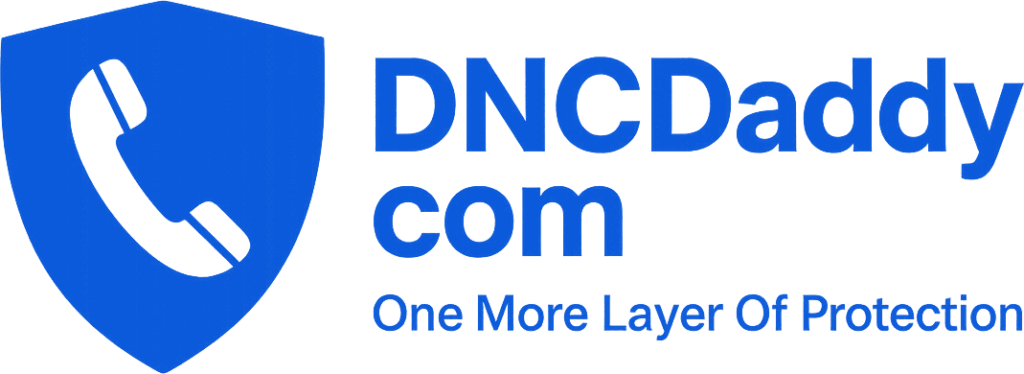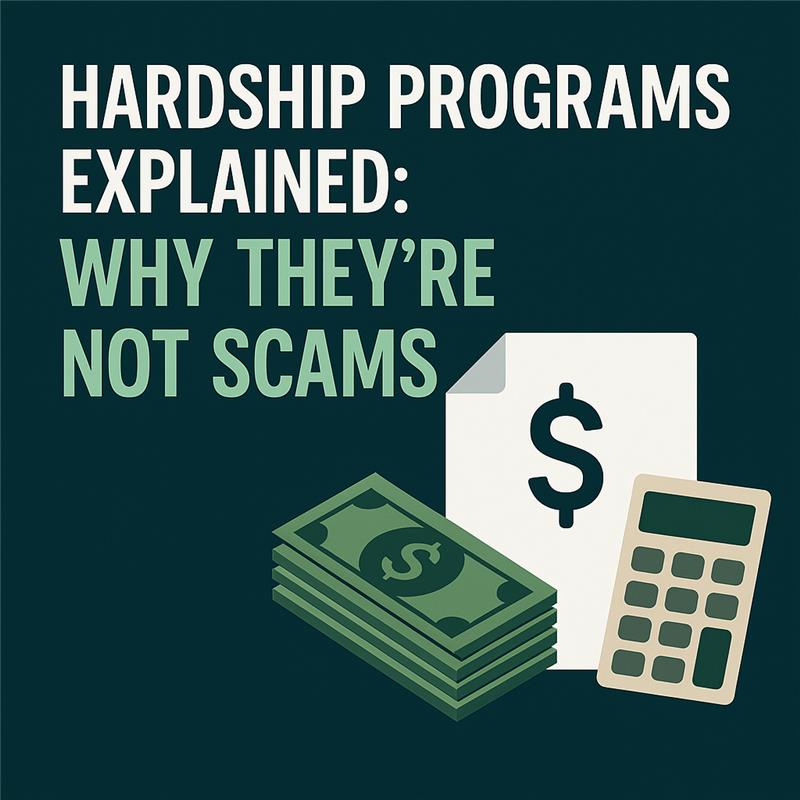If you’ve ever searched for debt relief options online, chances are you’ve seen ads for hardship programs, tax settlement, or credit repair. You may have even received calls from companies offering these services. With so much noise out there, it’s natural to ask: “Are these programs real, or are they scams?”
The truth is: hardship programs are legitimate financial tools. Yes, there are some bad actors in the industry — as with any business — but the programs themselves are built on real laws and financial practices that can help consumers overcome overwhelming debt.
In this guide, we’ll break down four of the most common programs — Tax Settlement, Debt Settlement, Debt Validation, and Credit Repair — and show why they’re not scams, how they work, and who they help.
1. Tax Settlement Programs — Based on IRS Rules
What it is:
Tax settlement programs allow you to resolve tax debt with the IRS (or state agencies) for less than the full balance owed, if you qualify. The most well-known option is the Offer in Compromise (OIC), which is an IRS-approved program.
How it works:
- You apply to the IRS and show proof of financial hardship (income, expenses, assets).
- If approved, the IRS may accept a reduced lump sum or structured payments.
- In some cases, tax penalties and interest can also be reduced or waived.
Why it’s not a scam:
The IRS itself promotes these options. They’re written into tax law and exist to help struggling taxpayers get back on track rather than defaulting permanently. Many reputable tax professionals (CPAs, enrolled agents, tax attorneys) assist with these cases.
Who it helps:
People with large tax balances who cannot reasonably pay in full, especially if collection could create financial ruin.
2. Debt Settlement — Negotiating with Creditors
What it is:
Debt settlement involves negotiating with your creditors (like credit card companies or collection agencies) to reduce the amount owed. You typically make one-time settlement payments or structured reduced payments.
How it works:
- A debt settlement company or attorney contacts your creditors on your behalf.
- They negotiate to accept less than the total balance (because creditors would rather recover some money than none).
- Once you pay the agreed amount, the account is marked as “settled.”
Why it’s not a scam:
Debt settlement is a legally recognized process, and millions of Americans have successfully used it to resolve credit card, personal loan, and medical debt. The FTC regulates debt settlement companies — for example, they cannot charge upfront fees before results are achieved.
Who it helps:
People who are behind on payments, overwhelmed by balances, and considering bankruptcy as the only option. Settlement often provides a middle ground.
3. Debt Validation — Forcing Creditors to Prove What You Owe
What it is:
Debt validation is the process of demanding proof that a debt is valid and legally collectible. Under the Fair Debt Collection Practices Act (FDCPA), you have the right to request validation of any debt a collection agency claims you owe.
How it works:
- You send a written request (a “validation letter”) to the collector.
- The collector must provide proof — such as the original contract, statements, and legal right to collect.
- If they can’t validate, they must stop collecting, and the debt may not appear on your credit report.
Why it’s not a scam:
Debt validation is federal law — it protects consumers from being pursued for debts they don’t owe or that have expired due to the statute of limitations.
Who it helps:
Consumers being chased by collection agencies, especially for old, questionable, or purchased debts.
4. Credit Repair — Fixing Errors and Rebuilding
What it is:
Credit repair is the process of disputing errors and inaccurate information on your credit reports, and building new positive credit history.
How it works:
- You or a credit repair professional review your credit reports from Experian, Equifax, and TransUnion.
- Errors, duplicates, or outdated items are disputed directly with the bureaus.
- Over time, negative items may be removed and your score improves with good credit habits.
Why it’s not a scam:
Under the Fair Credit Reporting Act (FCRA), you have the legal right to dispute inaccurate credit information. Credit repair companies simply provide professional assistance with this process.
Who it helps:
Anyone with incorrect, outdated, or unfair negative marks on their report — such as paid collections that still show as active.
Common Misconceptions: Why People Think These Are Scams
- Bad actors exist: Some companies overpromise, charge high upfront fees, or disappear without delivering results. That doesn’t mean the programs themselves are scams.
- Confusion with “quick fixes”: Real programs take time and documentation. Any company promising instant results should raise red flags.
- Telemarketing calls feel suspicious: Many consumers first hear about these programs through calls, which can feel intrusive. But telemarketing is just a channel — the programs behind them are legitimate.
How to Spot the Good from the Bad
When looking for help with hardship programs, follow these tips:
- Check credentials: Work with licensed attorneys, accredited tax professionals, or FTC-compliant companies.
- Avoid upfront fees: Many programs (like debt settlement) legally cannot charge before results.
- Get everything in writing: Don’t accept verbal promises without documentation.
- Do your homework: Read reviews, check Better Business Bureau ratings, and ask for references.
Conclusion
Hardship programs like Tax Settlement, Debt Settlement, Debt Validation, and Credit Repair are real, legal, and potentially life-changing for people struggling with financial burdens.
The key is finding reputable providers who follow the rules and truly care about helping consumers. With the right guidance, these programs can help you lower your debt, protect your rights, and rebuild your financial future.

